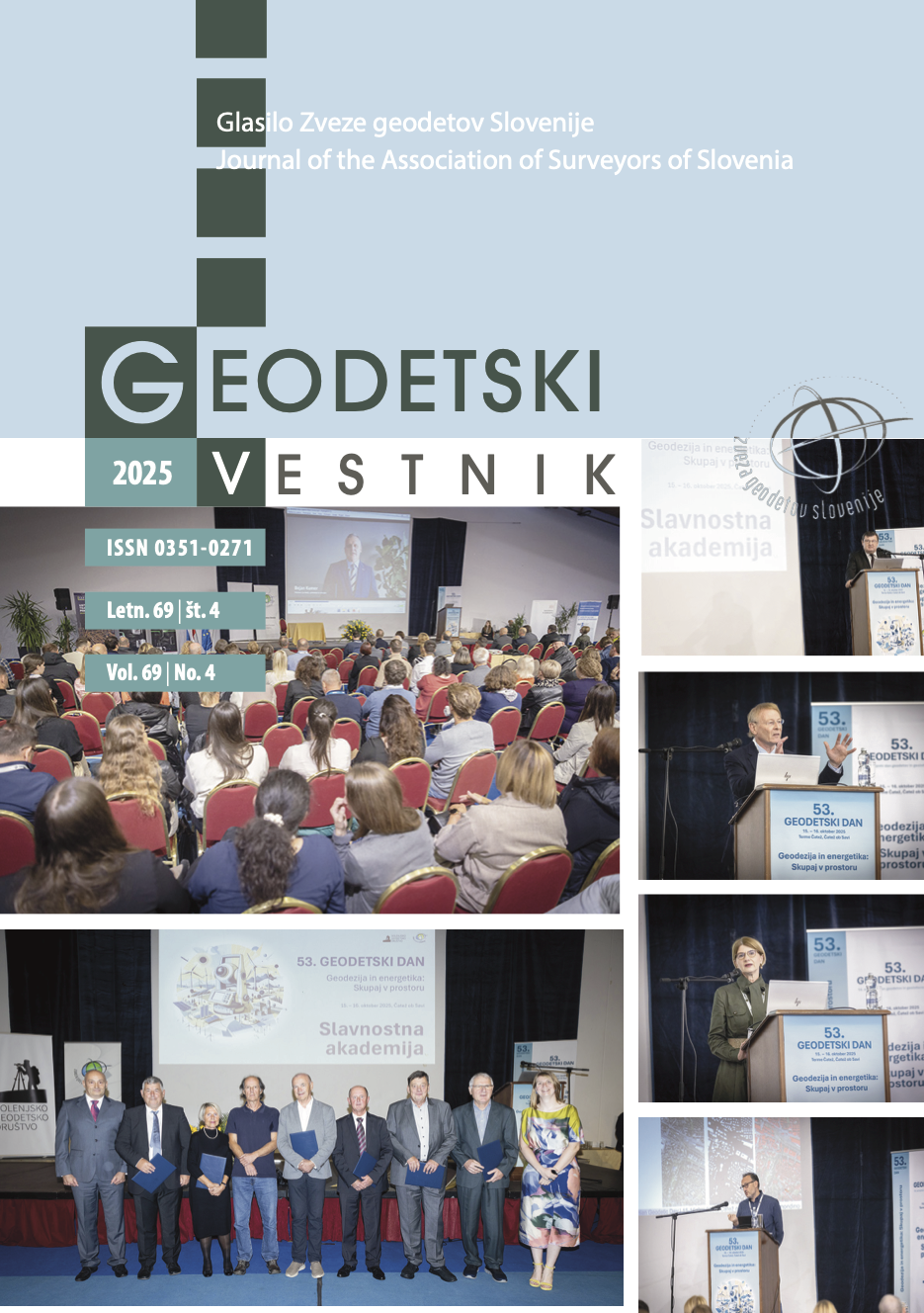
IF JCR (2023): 0.4
IF SNIP (2023): 0.487

Association of Surveyors of Slovenia
Zemljemerska ulica 12, SI-1000 Ljubljana
E-mail: info@geodetski-vestnik.com

Paper
Back to issue 65/1
Kaj smo se naučili pri spremljanju ledenega pokrova na grenlandiji z icesat in kaj lahko pričakujemo od icesat-2
What have we learnt from ICESat on greenland ice sheet change and what to expect from current ICESat-2
Author(s):
Blaženka Bukač, Marijan Grgić, Tomislav Bašić
Abstract:
Ice-sheet mass balance and ice behaviour have been effectively monitored remotely by space-borne laser ranging technology, i.e. satellite laser altimetry, and/or satellite gravimetry. ICESatmission launched in 2003 has pioneered laser altimetry providing a large amount of elevation data related to ice sheet change with high spatial and temporal resolution. ICESat-2, the successor to the ICESat mission, was launched in 2018, continuing the legacy of its predecessor. This paper presents an overview of the satellite laser altimetry and a review of Greenland ice sheet change estimated from ICESat data and compared against estimates derived from satellite gravimetry, i.e. changes of the Earth’s gravity field obtained from the GRACE data. In addition to that, it provides an insight into the characteristics and possibilities of ice sheet monitoring with renewed mission ICESat-2, which was compared against ICESat for the examination of ice height changes on the Jakobshavn glacier. ICESat comparison (2004–2008) shows that an average elevation change in different areas on Greenland varies up to ±0.60 m yr−1. Island’s coastal southern regions are most affected by ice loss, while inland areas record near-balance state. In the same period, gravity anomaly measurements showed negative annual mass balance trends in coastal regions ranging from a few cm up to -0.36 m yr-1 w.e. (water equivalent), while inland records show slightly positive trends. According to GRACE observations, in the following years (2009–2017), negative annual mass balance trends on the coast continued.
Keywords:
GRACE, Greenland, ice-sheet, ICESat, ICESat-2, laser altimetry, satellite gravimetry
DOI: 10.15292/geodetski-vestnik.2021.01.94-109
Citation:
Blaženka Bukač, Marijan Grgić, Tomislav Bašić (2021). Kaj smo se naučili pri spremljanju ledenega pokrova na grenlandiji z icesat in kaj lahko pričakujemo od icesat-2. | What have we learnt from ICESat on greenland ice sheet change and what to expect from current ICESat-2. Geodetski vestnik, 65 (1), 94-109. DOI: 10.15292/geodetski-vestnik.2021.01.94-109

Association of Surveyors of Slovenia
Zemljemerska ulica 12, SI-1000 Ljubljana
E-mail: info@geodetski-vestnik.com

